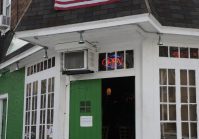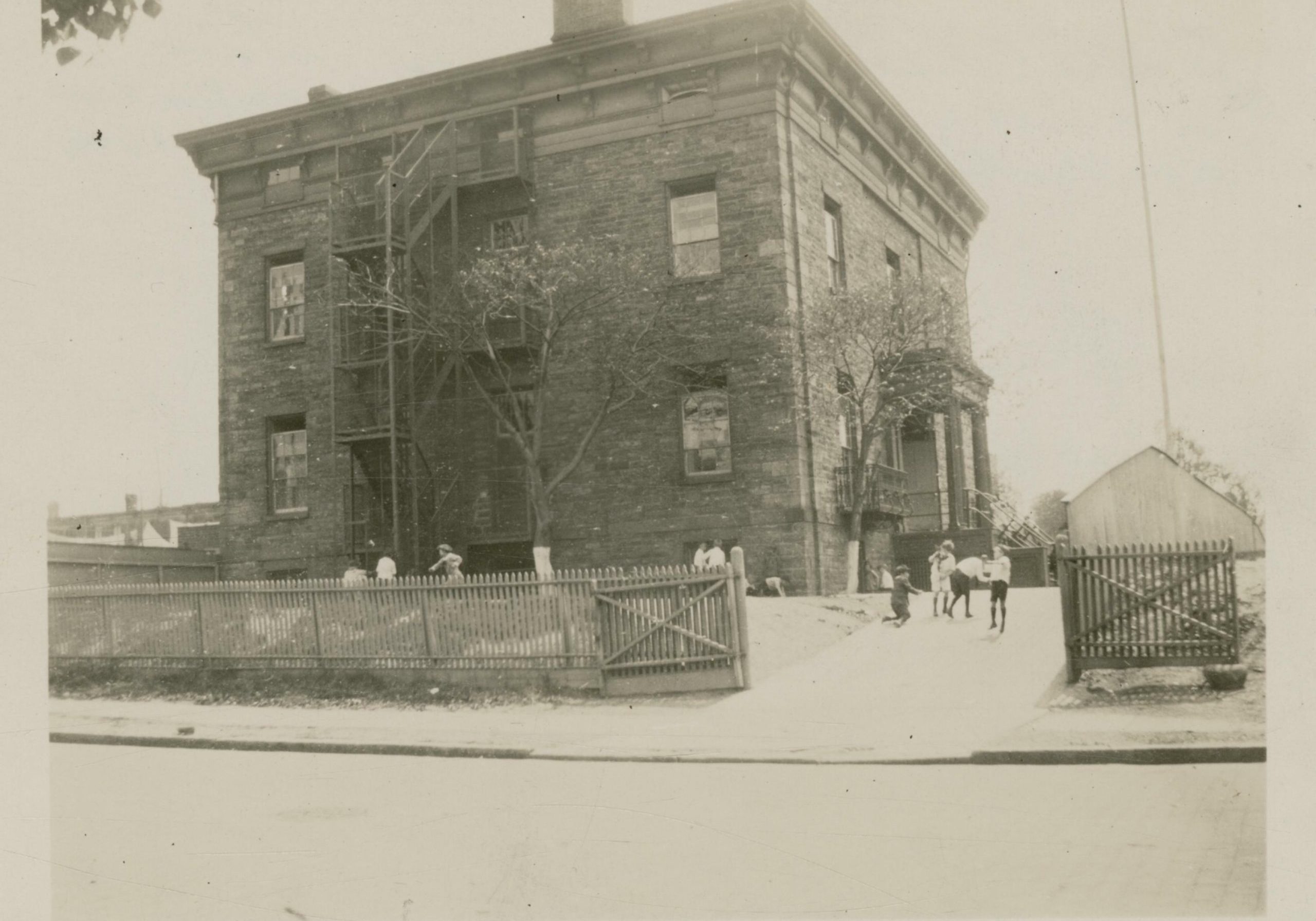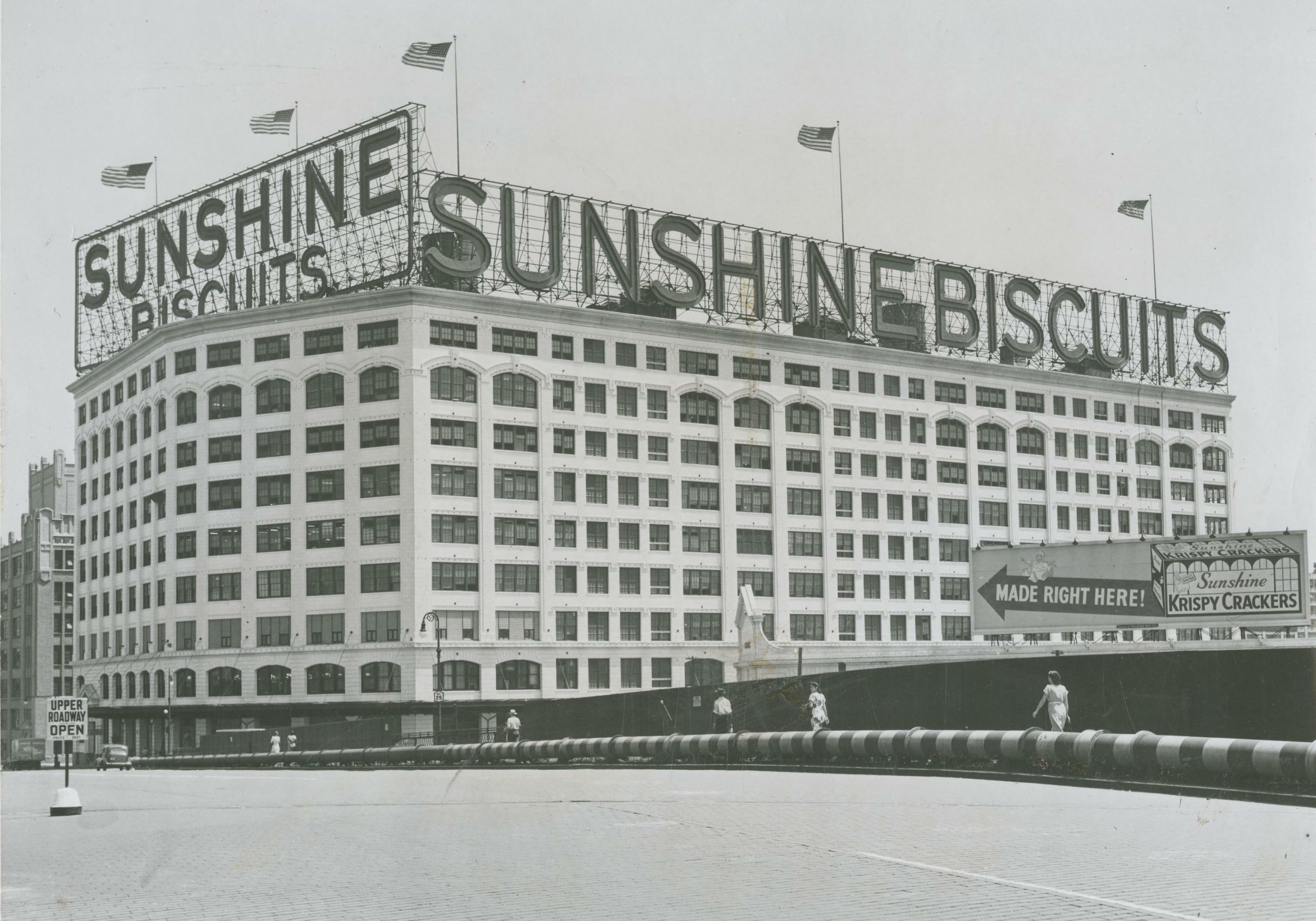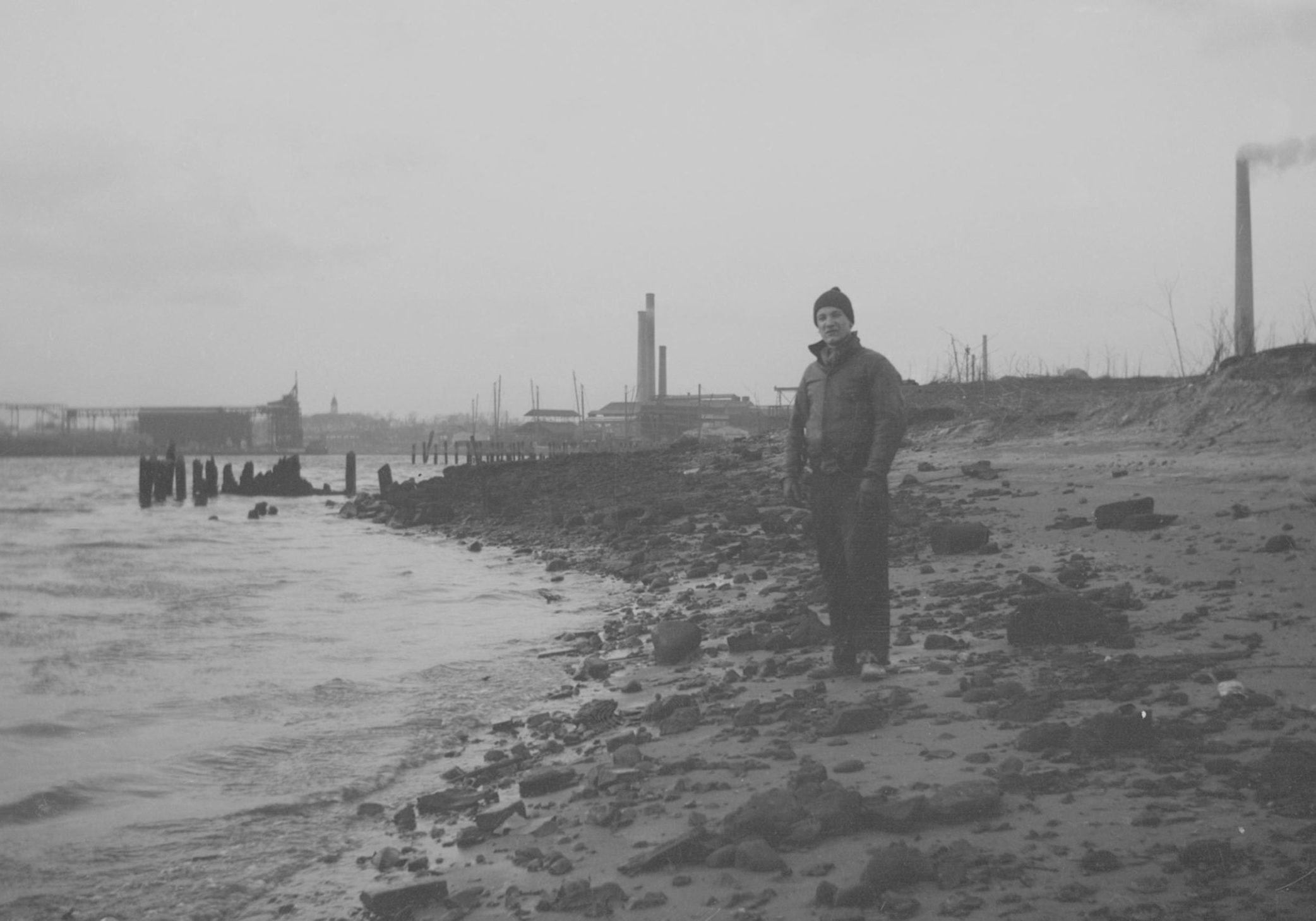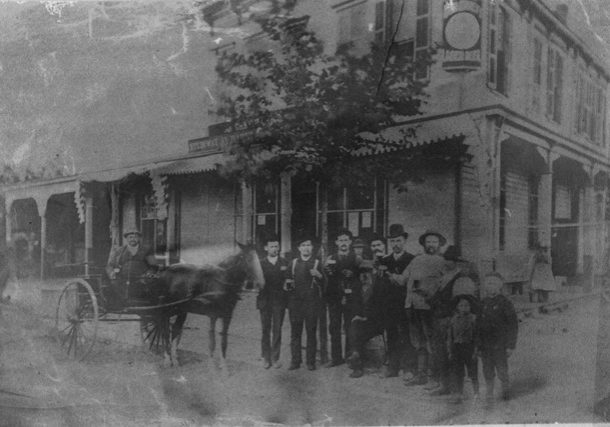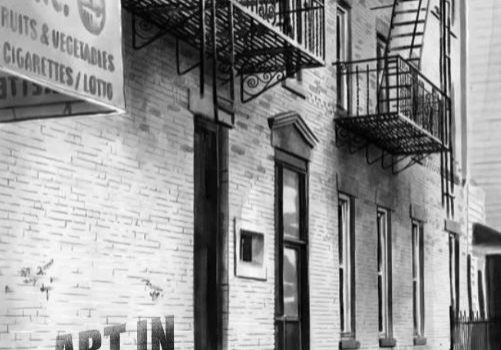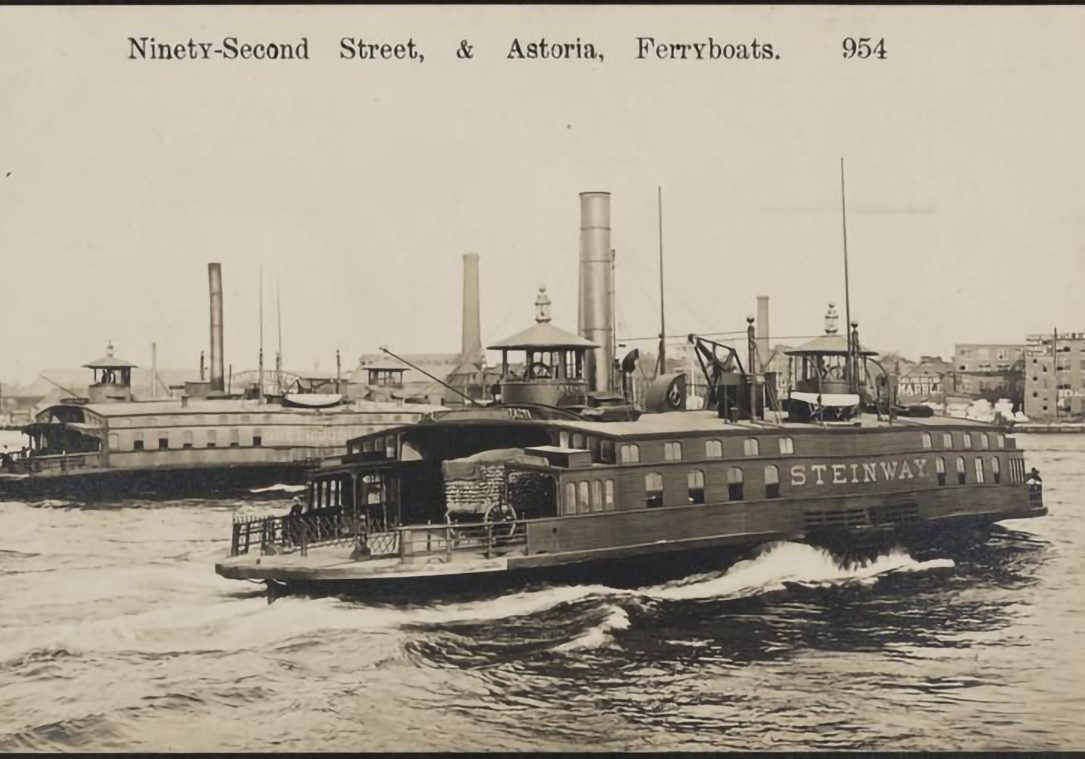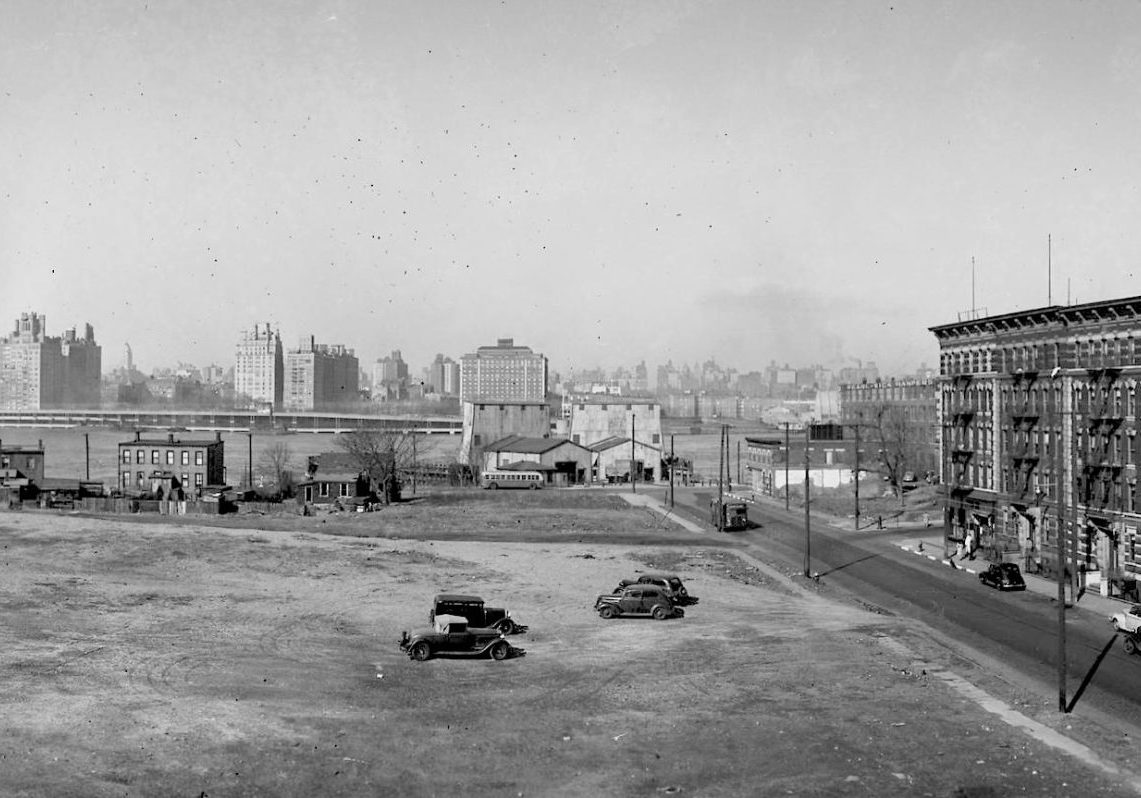Insanity In Astoria’s River Crest Sanitarium
One of the most remarkable facts of history is that we all occupy, for a brief period of time, physical spaces which have been shared by countless others throughout the centuries. Many of us go about our daily lives unaware of the persons who once existed and events which took place exactly where we stand, sleep, eat, work and play. So it would probably comes as a surprise to the students of St. John’s Prep in Astoria to learn that their school sits upon the site of a notorious asylum for the mentally insane where many ghastly events occurred during its 65 year history.
In 1896, Dr. John Joseph Kindred came to Astoria and bought the colonial era Wolcott Estate upon which he built his dream; a private institution he called, River Crest Sanitarium. The sanitarium was a novelty of its time; psychology was still in its infancy and public mental asylums such as the one on Blackwell Island (today’s Roosevelt Island), were already under heavy scrutiny for the brutal treatment of patients. The River Crest Sanitarium advertised itself as a new type of mental hospital, one with spacious grounds with the main goal of treating those afflicted with mental disorders and narcotic addiction with modern and “safe” techniques including hydro-therapy massages and electrotherapy” as promised in many early advertisements.
Dr. Kindred, a graduate of the University of Virginia and the Hospital College of Medicine at Louisville, Kentucky, had moved to New York City in 1889 to open a practice. Dr. Kindred would later serve as a member of the U.S. House of Representatives in 1911-1913 and in 1921-1929. River Crest was located at Ditmars Boulevard and 26th Street was advertised as a “Home Like” facility that was easily accessible for people traveling from Manhattan.
River Crest Sanitarium was a private institution and consisted of eight separate buildings that serviced the wealthy and promoted itself as a relaxing facility to help one overcome their mental and emotional distresses. However, newspapers of the day would publish articles about River Crest with horrifying headlines oof escaped inmates, suicide and homicide and patients reportedly being committed against their will by family members.
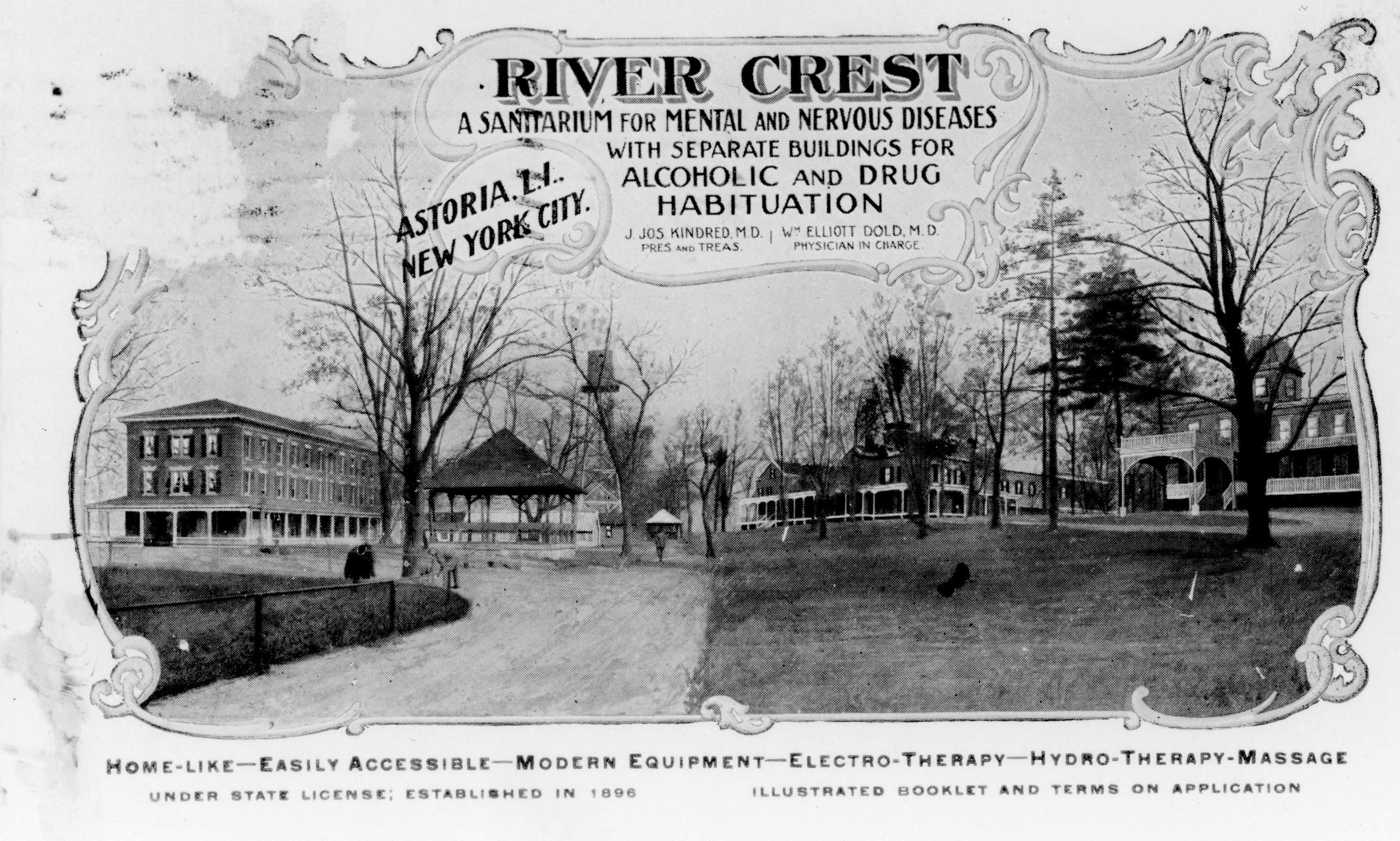
During the fourth of July in 1899, a group of Astoria youths Walter Elwood, John Wagner, George Dalzell and Clifton White snuck onto the sanatorium grounds to steal cherries from a cherry tree. River Crest doctor William A McCorn saw the boys attempting to steal the cherries and scarred them off with a couple of warning shots from his pistol with one bullet striking and killing young Clifton. The case was dismissed after the testimony of Dr. Kindred in which he stated that Dr. McCorn was a “medical professional of the highest standard.”
In February of 1933, the Brooklyn Daily Eagle reported the suicide of patient Pauline Ansbacher. The 47 year old Manhattanite was found by one of the nurses at dawn hanging from a window. She had been an inmate of the institution since September of 1931. Dr. Kindred, of course was on hand, an pronounced her dead. In November of 1897 the top news in Astoria was the bizarre story of Dr. Frederick G. Winter, a prominent surgeon from Brooklyn. Dr. Winter had arrived in just a month earlier when he was admitted to River Crest because of his “addiction” to cocaine. As the story goes Dr. Winter had sustained an injury and needed surgery. His post operative pain was so severe that his doctor administered cocaine to relieve the pain. Dr. Winter responded violently to the cocaine and his wife admitted him to River Crest stating that he was an addict. This was untrue and done as a scheme to get his inheritance. For more than a month Dr. Winter protested that he was sane and not a cocaine addict. No one would listen. So, on November 5th, he escaped and fled to New Jersey. He contacted his lawyer who, after some investigation, found that the good doctor indeed had has bank account cleaned out by his wife and father in law. A few weeks later Dr. Winter appeared in court where he was declared totally sane. Dr. Winter sued River Crest Sanitarium stating that there was no attempt by Dr. Kindred to see if he was in fact a cocaine fiend or insane.
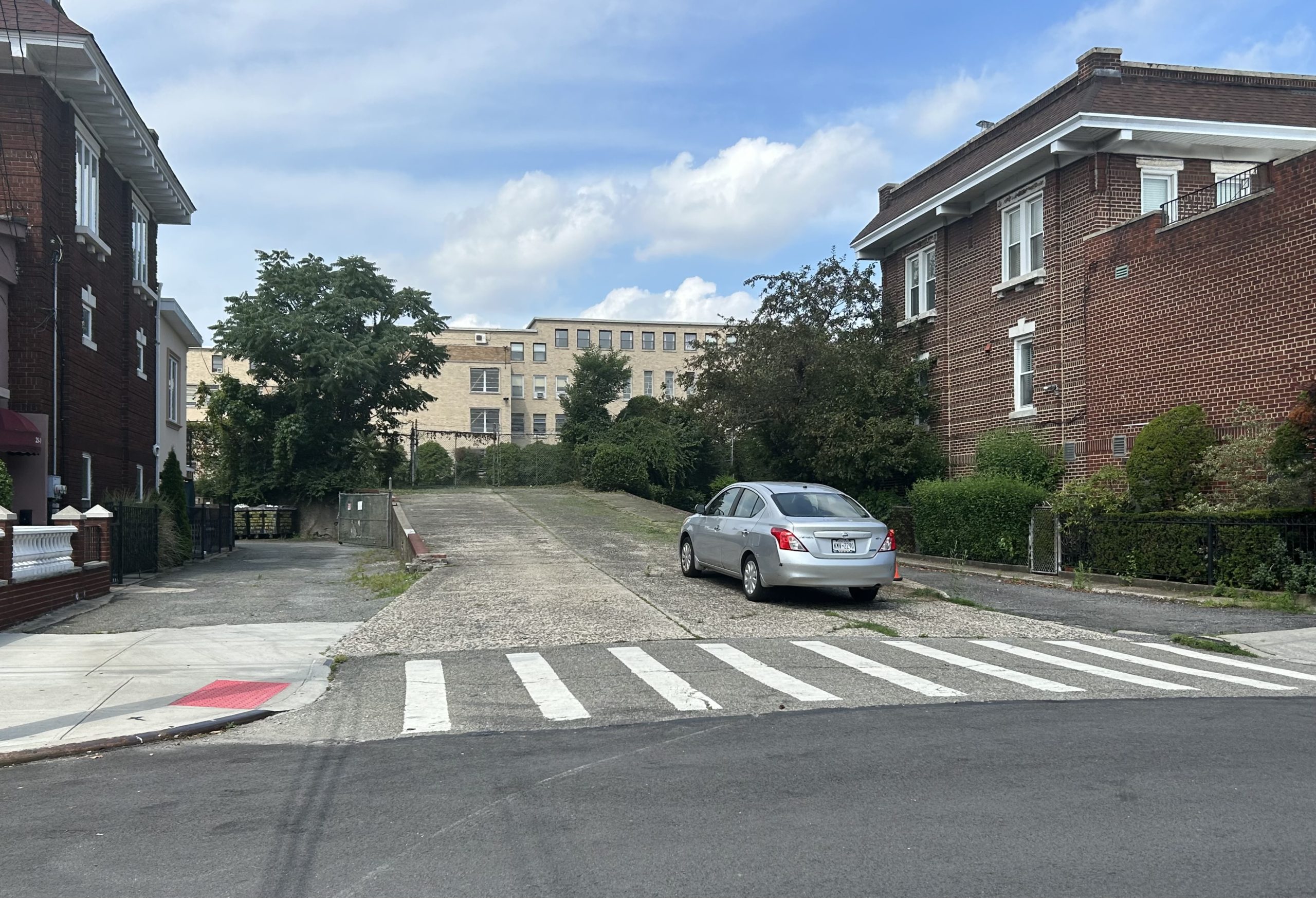
They simply accepted the word of his wife and father in law because they “came from a prominent family” and thus would not be capable of lying about Dr. Winter’s condition. In court, Dr. Winter told the judge that River Crest had poor sanitary conditions and that doctors treated the patients with brutality and neglect and that there was feces everywhere and that he and the other inmates had no access to fresh water or food. There was also a huge problem with mold and that the walls were rotted and the wallpaper was peeling off due to the mold and dampness which caused the entire sanitarium to have a musty smell. The Brooklyn Daily Eagle in its January 8, 1898 issue quoted Dr. Winter as saying that River Crest Sanitarium, “Had the most frightful conditions and that the place is a disgrace to a civilized community and not fit for human beings to live in.” An investigation by the State of NY was ordered and found Dr. Winter’s allegations to be true! The final blow came when an investigator learned that the medical staff at River Crest kept giving Dr. Winter cocaine as an attempt to keep him addicted.
River Crest Sanitarium closed in 1961 and was replaced by Mater Christi High School, now St. John’s Prep. Dr. Kindred would pass away in Astoria on October 23, 1937, at the age of 73. Today, there is nothing left of River Crest except for a few clues. The original entrance ramp and gatepost are all that remains. There is a Kindred Building on 31st Street near Ditmars Blvd. Kindred Street is today known as 26th Street. And in a final odd twist of historical fate, a bar on Ditmars Boulevard and 35th Street, is named ‘River Crest’ after the old sanitarium.






